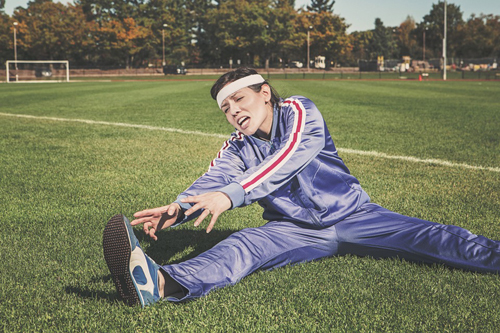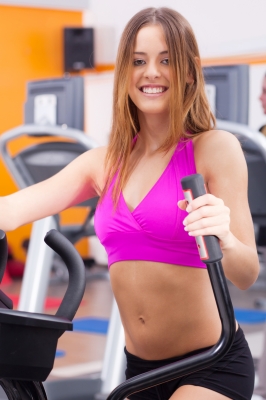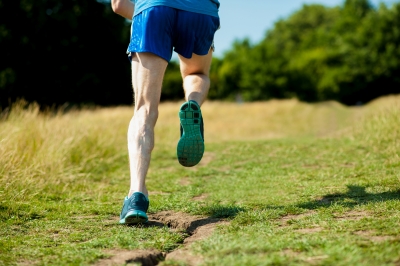Given the exhortations we’re always receiving to do more exercise, it feels slightly heretical to urge people to slow down. However, just as too much sitting around can be bad for you, so can too much exercise. If you ‘overtrain’, the effects upon your body and mind can be really quite bad – and run ironically counter to the effects most people aim to obtain via exercise. Rest is an important part of any exercise regime, yet an increasing number of people (perhaps fired by media hysteria about obesity levels and the Western sedentary lifestyle) are eschewing rest in favor of more time at the gym. This is a bad idea. Here’s a quick guide to ‘overtraining’ and how to spot the symptoms within yourself.

Signs Of Overtraining
We’re told more or less constantly these days that exercise is good for us and we should be doing more of it. In general, this is true. But it’s worth getting a sense of perspective on this concept before replacing your rest days with more cardio. The ‘more exercise’ recommendation is aimed at the worryingly large percentage of the population who live a sedentary lifestyle and eat unhealthy diets. If you’re already living an active lifestyle and working out several days a week, then you already have a pretty healthy relationship with exercise, and the ‘you must exercise more in order to be baseline healthy’ advice really does not apply to you. In fact, if you do exercise more, you run the risk of developing the following problems:
- Muscle degeneration
- Extreme fatigue
- Physical weakness
- ‘Flabby’ feeling limbs
- Palpitations
- Greater susceptibility to infections
- Mood swings
- Insomnia
- Depression
- Lack of motivation
- Anxiety when you cannot exercise
- Body image problems
Why Does This Happen?
When you think about it, it’s reasonably obvious why your body struggles to cope with excessive amounts of exercise. When we work out, we put stress on our bodies, causing micro amounts of damage. Our bodies respond to this damage by not only healing it but building in extra resilience in order to prevent the damage from happening again. This is how we get stronger, gain stamina, and generally improve physically. However, if we go at it too hard, and never give our bodies time to recover, they’re naturally going to struggle. Muscles which are constantly worked out and never given time to repair and enhance will just get weaker. What’s more, if you’re exercising and dieting to extremes, your body will ultimately start to use your muscles as fuel – meaning that the more you work out, the less defined your muscles become, and the ‘flabbier’ you appear. Counterproductive, to say the least. Then there’s the fact that a body which is forever diverting energy into the muscles has to neglect other systems – like the immune system. This makes you far more vulnerable to infection. Perhaps most significantly of all, the unnaturally prolonged release of cortisol and adrenaline puts extreme strain on the brain, as does the fatigue to which you will subject it. This can bring on some serious mental health issues. All in all, it’s a pretty unhealthy way to treat your body and your mind. Worse, there is some evidence that prolonged excessive exercise can cause alterations in perspective (perhaps as a result of heightened stress and mental fatigue), leading people to develop exercise and body-related ‘anxieties’ which cause obsessive exercise behaviors. Not good.
What Can You Do About It?
The good news is that you don’t have to do much to combat overtraining. All you have to do is rest. If you have trouble with the idea of rest – if you see it as a ‘waste’, or as time which could be spent exercising – try thinking of it as an essential part of your workout regime. Build in rest days the same way that you would leg days, or arm days, or cardio days. You can even up the intensity of your non rest-days workouts if you want to – just be sure that you’re giving your body time to heal up, recuperate, and enhance through rest! Without rest, you’re potentially doing your body just as much damage as you would by spending all week on the sofa, stuffing your face with junk food. So work out, and work out intensely should you so wish – but intersperse your gym sessions with good, muscle-building, weight-burning rest!
Image credits: Pixabay







